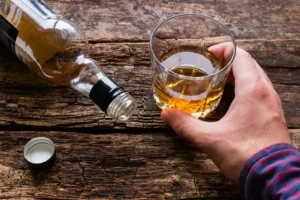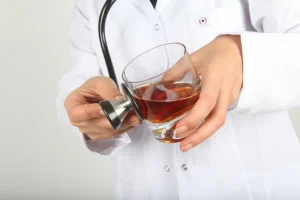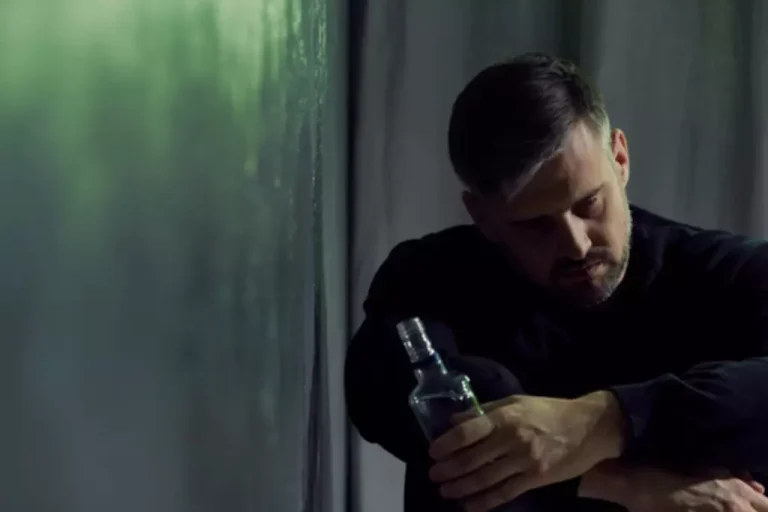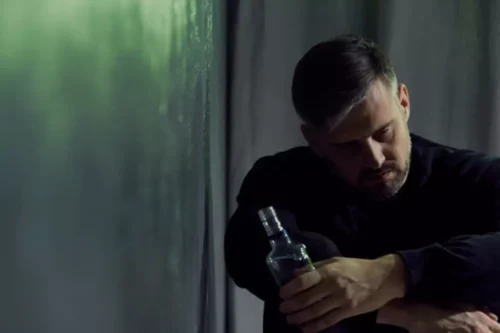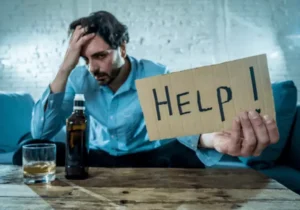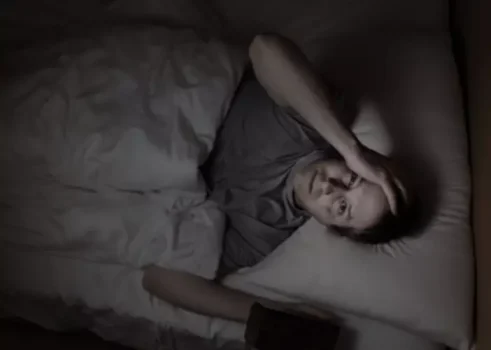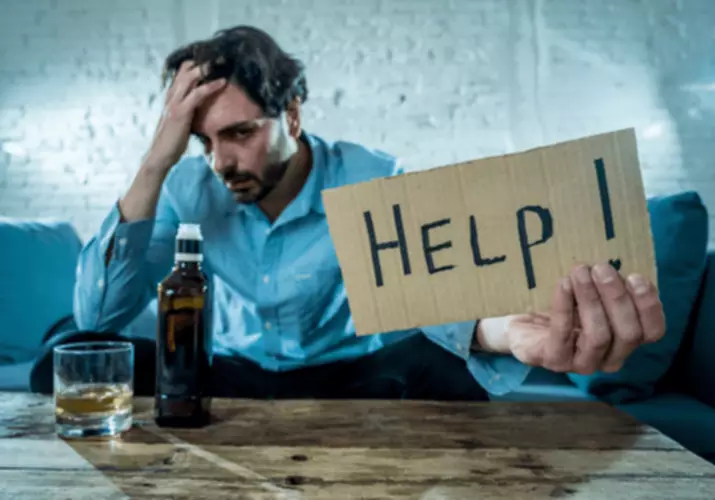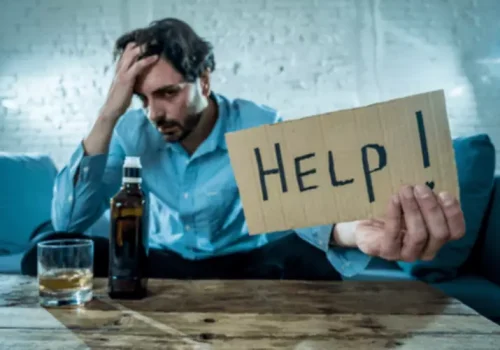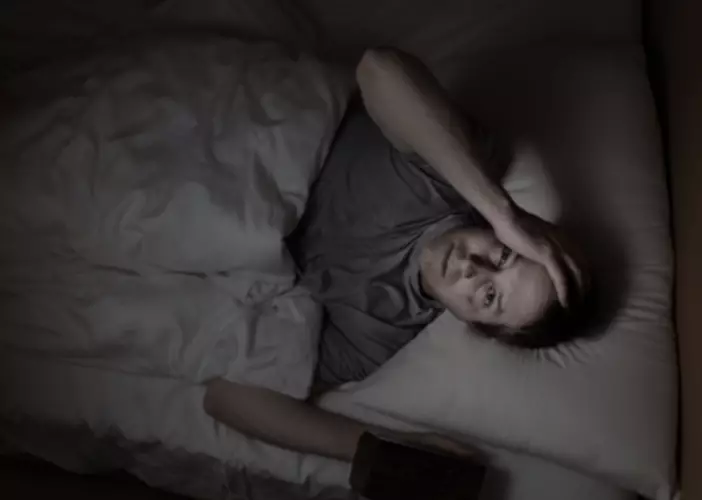Before any human use, a newproduct will be tested in the laboratory for its activity and toxicity invarious in vitro and animal test systems. If itsuccessfully passes through these stages, studies of safety, toxicity, andactivity may be conducted in a small number of human volunteers, withcareful clinical monitoring. A series of further studies, each includingincreasing numbers of subjects, must be carried out before a new product canbe introduced for widespread use. Trials in humans usually go through aseries of sequential ‘phases’ of progressively increasing size to establishfirst the safety and mode of action and then, in later phases, the efficacyagainst the target disease(s) and safety in a larger number of subjects. In this chapter, the characteristics of different kinds of intervention thatmay be used in disease control programmes are reviewed.
Categories of Patient Care
Kavitha Nallathambi, MPH MBA, is a public health professional with expertise in policy, partnerships, and communications. She is a participant of WomenLift Health’s 2024 North America Leadership Journey. Previously, she served as Senior Advisor for Policy and Advocacy at Project HOPE, a nongovernmental global health and humanitarian organization.
Intervention Planning with Lighthouse Recovery Institute
For instance, although sober house registered nurses (RNs) can delegate noninvasive procedures such as bed bathing to nursing aides, they cannot delegate tasks that require clinical judgment, such as patient assessments (NCSBN & ANA, 2019). Understanding the scope of practice ensures that delegation aligns with legal and professional standards, safeguarding the patient and the healthcare provider. In healthcare settings, nurses employ various interventions to implement care plans that cater to the diverse needs of patients. These interventions are categorized as dependent, independent, or interdependent.
Objectives of a Safe System Approach
Integrating mental health services into primary care settings is a cost-effective way to reach more people. Primary care providers, including general practitioners, can be trained to recognize and manage common mental health issues, ensuring that mental health care is a part of routine health services. This approach reduces the need for specialized mental health facilities and makes services more accessible. As countries integrate mental health care, they can conduct mapping of services and referral of complex cases for therapeutic support, including medications. Modalities are the different techniques used for implementing therapeutic nursing interventions. They’ve been developed over decades, and with the decreasing stigma surrounding mental health care in general, more people than ever before seek therapy, even when they continue to resist intervention.
If more people engage in health-promoting practices, people who would not otherwise engage in those practices might decide to as well. This is often referred to as a “tipping point” phenomenon because it could be that small changes in the behavior of the average person could induce large changes in behavior even among those far away from the average. The tipping point model is similar to the theory of population epidemiology proposed by Rose (1992). It could help explain why national interventions seem to be more effective than community-level or individual interventions, because they result in more changes among the general population. Before moving on to the mortality outcomes, the racial homogeneity of the MRFIT results must be noted. Because blacks are more likely to be hypertensive than whites, this part of the intervention reduced racial disparities in health.
Residual insecticide on the walls of houses offers relatively little direct protection to those in the treated household, as the mosquitoes take up the insecticide while resting after a blood meal. The protection is to those in other households whom these mosquitoes would have bitten for their next blood meal. To reduce transmission in high transmission areas, virtually all households in the neighbourhood must be sprayed.
Emerging Trends and the Future of Nursing Interventions
- Additionally, he relies on these professionals who he can always count on to pick up the phone and provide valuable counsel.
- This is a shift from a conventional safety approach because it focuses on both human mistakes AND human vulnerability and designs a system with many redundancies in place to protect everyone.
- Prioritizing mental health interventions in complex contexts is essential for communities to thrive, and systemic change is possible when policymakers, advocates, and experts work together.
- Cigarette taxes were increased in the 1960s, with the new health information.
- This crowd control aspect can completely change the flow of combat, giving your team the upper hand.
- For instance, although registered nurses (RNs) can delegate noninvasive procedures such as bed bathing to nursing aides, they cannot delegate tasks that require clinical judgment, such as patient assessments (NCSBN & ANA, 2019).
This maintains the professional autonomy and distance required to recommend only those treatment programs that are best suited to a client’s and a family’s needs. Jeffrey J. Merrick is a professional interventionist and criminal defense attorney in Hollywood, California. He is a graduate cum laude of the University of San Diego School of Law, a practicing member of the California Bar since 1990 and a former trial lawyer for a national law firm. His undergraduate degree was with honors in Psychology and Literature & Writing from the University of California at San Diego.
- The consumption of beef and eggs fell markedly over this period, as consumers shifted into lower fat foods such as chicken and salads (not shown in Figure 17-8).
- It was highlighted in the popular press and widely disseminated.11 The message was clearly heard.
- They disproportionately affect the young and have a largeeconomic impact on society.
- The community-level interventions may have failed because they were not carried on long enough to have a significant effect on health behaviors.
- In addition to her 30-year domestic career in mental health issues, she also worked in Switzerland where she introduced an innovative pharmacotherapy for substance use disorder to the European market by embedding the product in leading Swiss clinics.
The treatment of such conditionsoften requires long-term monitoring, with a dependence on reliablelaboratory results and a system to track the clinical and laboratoryfindings within a single individual over time. Trials of suchinterventions must often be conducted over several years, or evendecades, to completely assess treatment efficacy. The mechanism of action of a drug used for disease control willinfluence the design of field trials to evaluate its impact. Casefinding and treatment may also reduce transmission of an agent ifcases are the main reservoirs of infection, if case detectionmethods locate a high proportion of prevalent cases, and if thetreatment is sufficiently effective.
Setting boundaries with a loved one who refuses treatment, including the possibility of ceasing contact or withdrawing financial support, is crucial to protect the mental and emotional health of the intervention team. Providing consistent support and readiness to help without inducing guilt or blame can encourage a loved one to consider seeking treatment after they have initially refused. Residential treatment programs provide a long-term recovery environment at a treatment center, with programs varying from one month to a year.
For a detailed https://www.inkl.com/news/sober-house-rules-a-comprehensive-overview exploration of these intervention types, continue reading the respective sections in this article. Innovative mobile health (mHealth) technologies, such as apps and SMS-based interventions, can provide mental health support at a low cost. These tools can deliver psychoeducation, mood tracking, and reminders for medication or appointments. In regions with high mobile phone penetration, mHealth offers a scalable solution to bridge gaps in mental health services.
These interventions can range from administering medications (dependent) and monitoring vital signs (independent) to implementing rehabilitation programs (interdependent). Opportunities for nurses to enhance their skills and knowledge come in various forms. Nurses can use the NIC system to ensure that all team members know about the interventions implemented. Pain management is critical to postoperative care, significantly impacting a client’s recovery and overall comfort. Educating clients about their condition, potential complications, and the importance of adherence to treatment regimens empowers them to take charge of their health. Client education plays a crucial role in the management of chronic conditions.
Ensuring Continuity of Care
Many of these interventions require substantial educational efforts and lifestyle changes. They are also interventions that typically have to be applied to whole communities, rather than to individuals in a community, so that, in trials, the unit of randomization is the community or, in some instances, the household. Mr. Estefania earned his undergraduate degree in Psychology from the University of Florida and his graduate degree in Mental Health Counseling from Nova Southeastern University.
Nurses continually assess potential threats to patient safety, such as fall risks, medication errors, or complications from immobility. They must prioritize interventions that mitigate these risks for patients. For example, when administering medications, nurses must carefully follow protocols to prevent errors, considering risk factors such as correct dosages, patient allergies, and medication interactions. In direct patient care, a nurse may prioritize interventions that prevent falls for a patient with mobility issues, such as ensuring the environment is safe, assisting with ambulation, and educating the patient and their family about fall-prevention strategies.
- Scope is established by regulatory bodies, licensing boards, and professional organizations such as the American Nurses Association (ANA).
- Psychological First Aid (PFA) is a basic intervention that provides human, supportive, practical, and culturally adapted support after a crisis.
- An example of an intervention is a meticulously organized process in which friends, family, and occasionally coworkers, together with a professional and trained interventionist, unite to address an individual’s substance abuse, alcoholism, or harmful behaviors.
- In the realm of therapy and counseling, solution-focused interventions provide a valuable approach to helping individuals identify and work towards their desired outcomes.
- Sometimes, a team built around overwhelming firepower while keeping the tank alive through dedicated healing can be incredibly effective.
- In he entered his own recovery and in 1997 he became the Director of Promotions and Marketing at GameWorks, a startup and subsidiary of Universal, DreamWorks and SEGA.
What is Intervention in Education? Types and Examples
Think of behavior intervention as a skilled gardener tending to a wild and overgrown garden. But what exactly is behavior intervention, and why has it become such a cornerstone in fields ranging from education to mental health? Let’s dive into the fascinating world of behavior intervention and explore its many facets, applications, and the incredible impact it can have on people’s lives.
Nurses should use various pain assessment tools, such as the Wong-Baker FACES Pain Rating Scale or Numeric Rating Scale, to quantify pain levels and assess the impact on the client’s daily activities. These interventions aren’t exhaustive and can vary depending on individual client needs. Therapeutic interventions span numerous modalities, giving PMHNPs access to a host of treatment options that can be tailored to each client’s needs. We identified therapies according to 10 different therapeutic approaches, as summarised below. Other public policies have affected smoking over this time period, but these too cannot explain all of the trend. Bans on broadcast advertising of cigarettes had a negative effect on consumption, but it was relatively minor.

